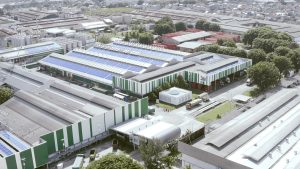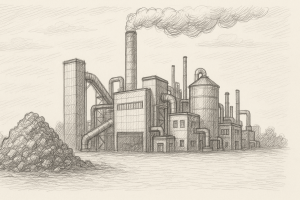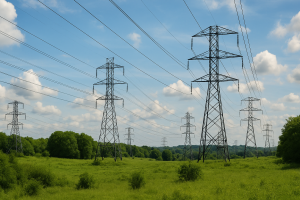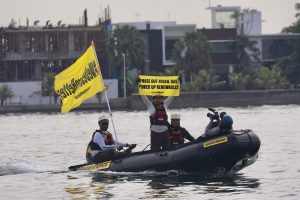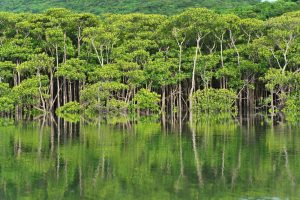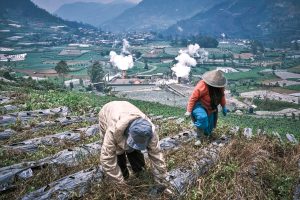Jakarta – The construction of the Cirebon–Semarang Phase II (Cisem II) gas pipeline currently has 11 kilometres left to complete and is facing obstacles due to hard rock, according to the Ministry of Energy and Mineral Resources. Of the 242 kilometres of gas pipeline network, hundreds of workers are working with heavy equipment in the middle of rice fields that are beginning to dry up on the border of Cirebon and Brebes.
Agung Kuswandono, Acting Director of Oil and Gas Infrastructure Planning and Development, told the media on Wednesday, October 8, that of the total project length of 242 kilometres, 231 kilometres have been fully connected. They are now entering the pre-commissioning stage — the system testing phase to ensure that all pipe connections are safe before gas is distributed.
“This is the most challenging part,” he said. “The rest of the route crosses hard rock formations, so extra caution is needed. But we are optimistic that all physical work will be completed before December 15, 2025. We have divided the remaining 11 kilometres into 18 work packages so that the acceleration can be simultaneous. As of October, ten packages have been completed, and eight more are being rushed,” said Agung.
The energy line that powers Java
The Cisem II pipeline stretches across several important districts in Pantura, starting from Cirebon, Indramayu, Brebes, Tegal, Pemalang, Pekalongan, Batang, and Semarang. This project is not just energy infrastructure, but a new lifeline that will distribute gas from the main source in western Java to industrial and residential areas in central to eastern Java.
“When this pipeline is fully connected, Java will have a solid gas distribution backbone,” said Agung, adding that once the infrastructure is in place, the next challenge will be ensuring gas supply availability.
“Now it’s just a matter of gas. We are waiting for the Minister of Energy and Mineral Resources’ decision on the assignment to BLU Lemigas. Once the transporter operator is appointed, gas can be distributed immediately,” he explained.
According to Agung, operator certainty is key. Once BLU Lemigas appoints a gas transporter, buyers (shippers) will immediately come forward to secure supply allocations.
From the pipeline network to households
The Cisem II project also opens up great opportunities for communities along the pipeline route to enjoy natural gas directly in their homes. The government plans to build a household gas network (jargas) in the areas traversed by the Cisem route.
“The Minister of Energy and Mineral Resources’ directive is clear: gas connections will be installed in every area through which the Cisem pipeline passes. So the community will not only see the pipeline passing by, but will actually feel the benefits of the gas being supplied,” said Agung optimistically.
This measure is expected to reduce public dependence on subsidised LPG and lower household energy costs. In addition, direct gas distribution from the pipeline network also minimises the potential for supply disruptions amid rising energy demand.
If everything goes according to plan, January 2026 will be an essential milestone for the national energy infrastructure. That is when the first gas will flow from Cirebon to Semarang through the Cisem II pipeline, marking a new chapter in natural gas distribution on the island of Java.
“In terms of infrastructure, we are ready. Now we just need to maintain the continuity of gas supply from new sources that are being discovered,” said Agung. “When it is fully operational, the community and industry will feel the benefits — a stable, clean, and efficient energy supply.” (Hartatik)
Banner photo: Image generated by OpenAI’s DALL·E via ChatGPT (2024)



